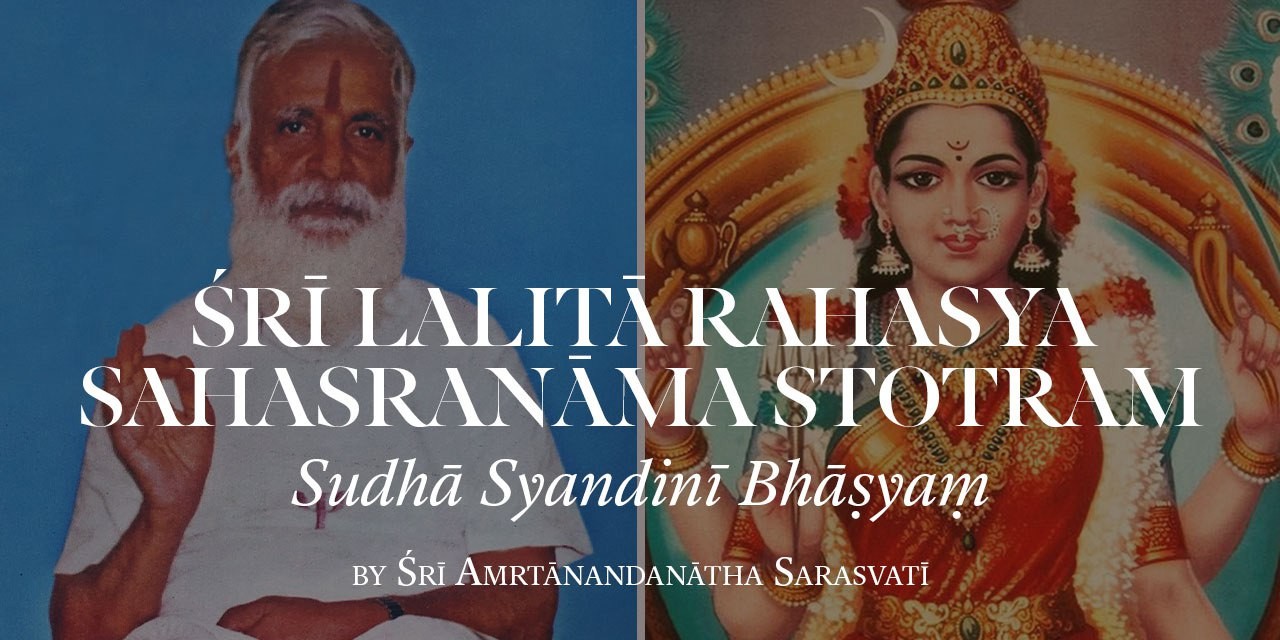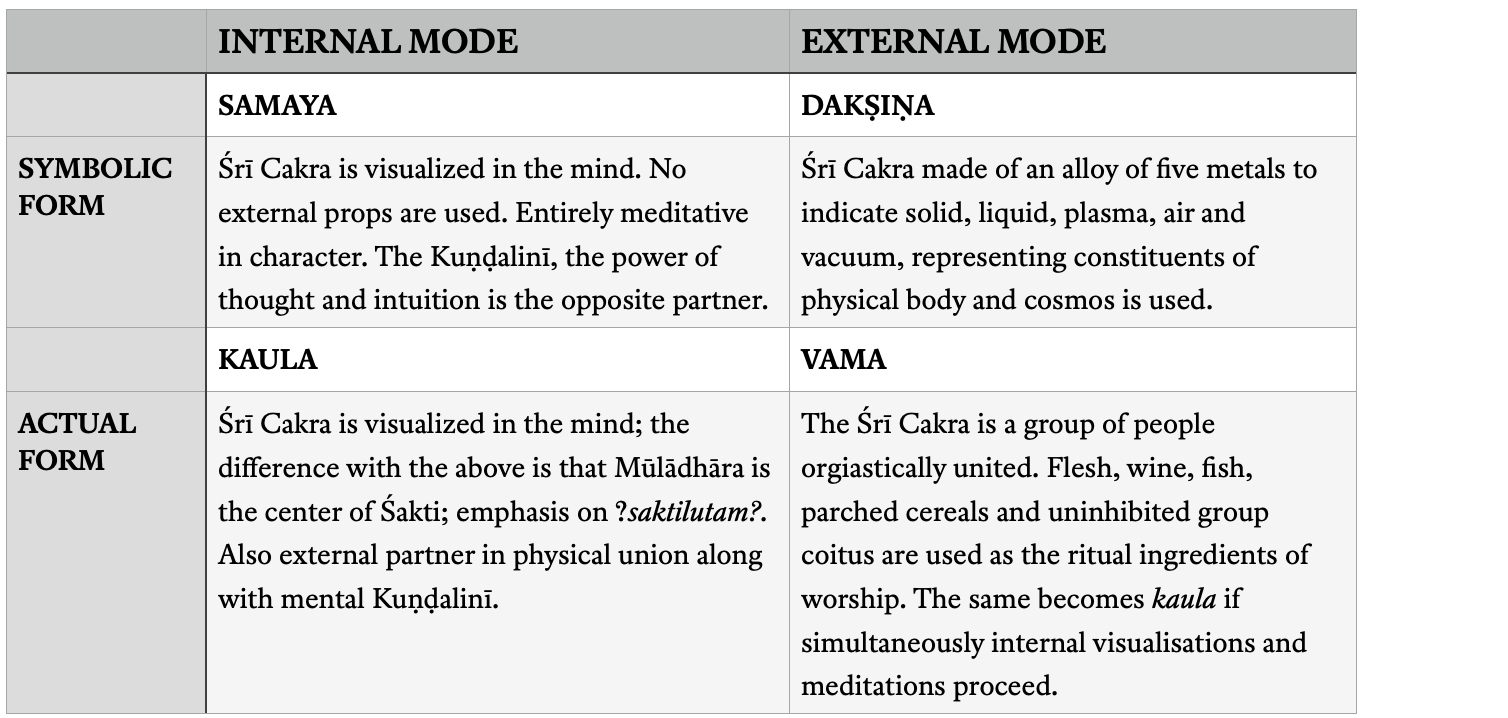
42-43) Gūḍha-gulphā & Kūrma-pṛṣṭha-jayiṣṇu-prapadānvitā
Her leg joints are fleshy and Her upper part of the foot is hemispherical like the back of a tortoise.
The tortoise is a symbol for withdrawal of the mind from the sense objects. Since Śrī Devi's feet win over the tortoise, the implication is that the devotee who grasps Her feet, i.e., who follows Her way, gets over the withdrawal symptoms of incompleteness in the ascetic, to lead a life of fullness including sensual enjoyments without at the same time losing the yoga. Like Janaka, Kṛṣṇa, and Śiva who are perfect yogis without relinquishing the embraces of women, Lalitā's feet give to Her devotee both bhoga and yoga. It is said about Śrī Devi thus:
yā devatā bhogakāri sa na mokṣaya kalpate
śrī-sundarī-sādhana-tat-parāṇāṁ bhogaśca mokṣaśca karastha eva
This means: That God or Goddess who gives enjoyments does not give liberation, nirvāṇa. But those who worship the feet of Lalitā get both the pleasures of this world and liberation even this very life.
This is because of the peculiar mode of worship of Devi upāsana. No Devi upāsana is complete without the embrace of a woman, in whom the Goddess is invoked. Thus a sanyasi is not a complete upāsaka of Devi, because he forbids for himself or herself sexual union which is a necessary ingredient of Devi worship. The ascetic can only be a Śrī Vidyā Upāsaka in the astral plane with Kuṇḍalinī as the opposite partner. Such an upāsana is called Samayācara, the word samaya meaning time, or the source of manifestations and creativity, the Devi as consciousness.
It is important to stress at this point that there are basically four modes of upāsana of Śrī Devi, called Samaya, Dakṣiṇa, Kaula and Vama. Their essential characteristics can be summarised as follows:

Among these the Samayācara is the exclusive domain of ascetics, and such of those who are unable, in spite of their proclamations of the oneness of all living forms as God, to get over their class distinctions. It cannot be recommended to everyone on the following grounds: it is difficult because there are no external props, it maintains a distinction between thought, word and deed, it eschews action altogether leading to turning away from life altogether, advocates strict brahmācāryam even with one's own wedded partner.
Dakṣiṇācara is the vaishnavite tradition based on bhakti or devotion but in the service of Śiva! Śiva is a rebel, the chief of thugs, whose function is destruction; the only way he can be approached is through the notions of identify in contrast to Viṣṇu, the maintainer of law and order who insists on śaraṇāgati, or total self surrender, which maintains a distinction between the worshipper and the worshipped.
The Kaulācara is meant for those who are materialistically oriented, who are still interested in samsara, but are sincere in their approach to the ultimate knowledge which leads to the union with God and nirvāṇa, escape from the process of births and deaths. It combines sensual bliss and nirvāṇa.
Vama mārga is recommended for those who cannot make it any other way. But it must be realized that the Vama mārga can lead to a great degradation before sufficient vairagya develops to balance the sensuality. The need for a proper Guru is vital there, as, without a proper Guru, or with a pseudo Guru who poses as one, there can be much harm done. Self realization can become then self deception instead of the glorious thing it is. With a proper Guru, any acara yields derived fruit.
Source: Śrī Amṛtānandanātha Saraswatī "Sudhā Syandinī Bhāṣyaṃ" Typed Manuscript
(an incomplete commentary on Lalitā Sahasranāma)
